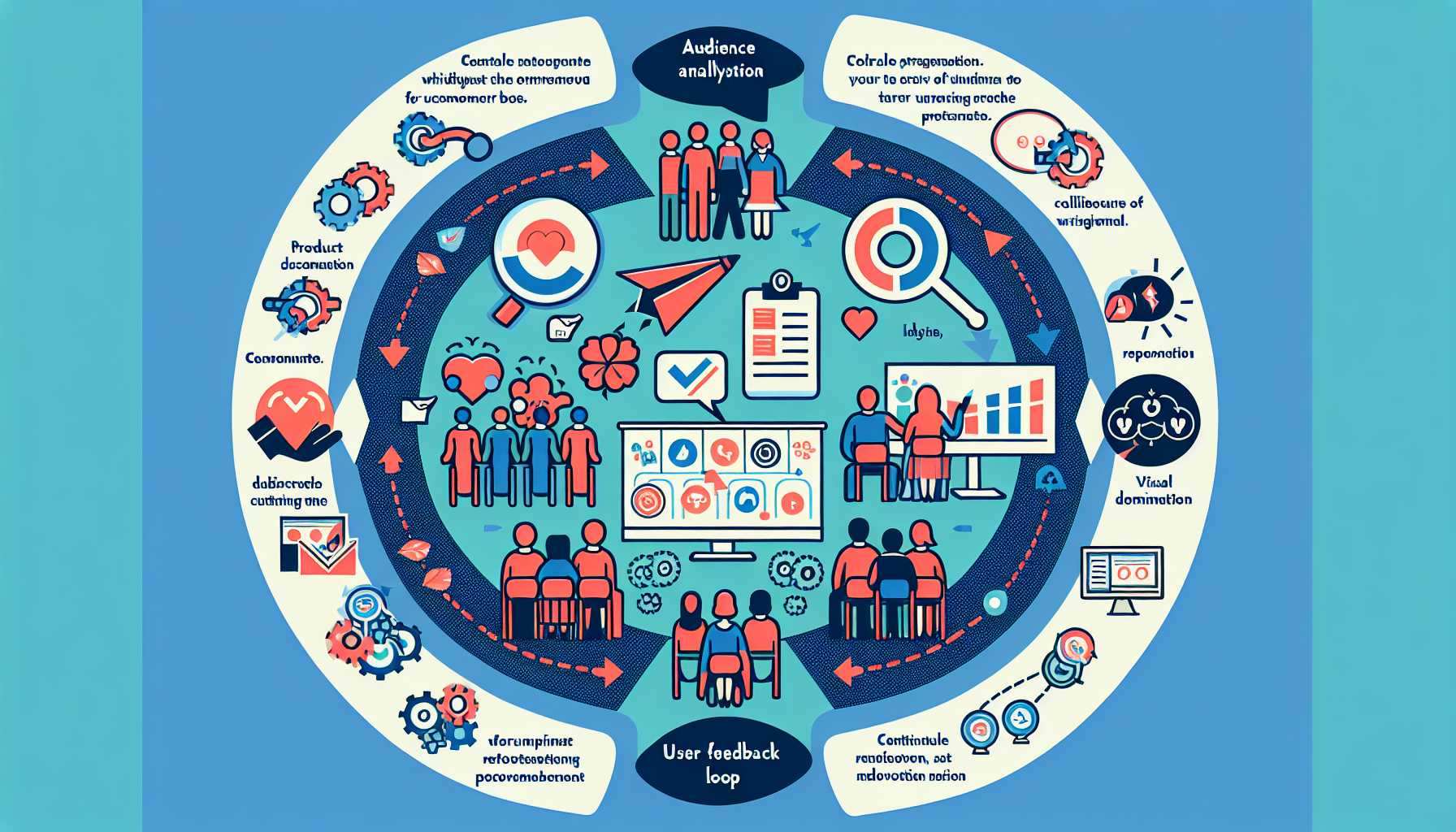Greetings, fellow product leaders. In our continuous pursuit of excellence, we often discuss innovation, market fit, and strategic roadmaps. However, today we shall navigate through a crucial yet sometimes underappreciated terrain—product documentation and training materials. An artful blend of clarity, precision, and pedagogy can significantly elevate our product’s usability and customer satisfaction. Let me walk you through the approaches that have stood the test of time for me.

The Foundation: Understanding the ‘Why’ Behind the Documentation
Before drafting a single word or outline, I have always reflected on the purpose behind the documentation or training materials. Whether it’s to aid onboarding, serve as a reference guide, or educate on new features, clarity of purpose steers the form and content towards effectiveness.
Assessing Audience Requirements
My initial step has involved a thorough analysis of the audience. Are they technical users or end-consumers? Do they desire in-depth understanding or practical tips for rapid application? Addressing such queries helped tailor the material impressively.
Documentation as Part of the Product Experience
Over time, I’ve realized that relatable and accessible documentation is a component of the product itself—a touchpoint of the user experience. Crafting documentation that embodies the product’s voice and brand has not just been about utility but about creating a seamless product experience.
Strategy in Action: Structured Documentation Development
Transitioning from theory to practice, I structured the documentation process through dissected and strategic phases. Engagement with cross-functional teams ensured accuracy, relevance, and alignment with the product’s capabilities and vision.
Gathering and Organizing Information
The initial phase involved gathering information. I’ve leveraged design documents, user stories, and product specifications. Organizing this into a coherent outline was just as critical as documenting the features themselves.
Iterative Writing and Feedback Loops
Through iterative writing, I’d craft an initial version, which became a conversation starter with developers, designers, and early adopters. They provided feedback, highlighting oversights or complexities, shaping the documentation into a refined final version through multiple iterations.
Applying Visual Aids and Hierarchical Structure
The maxim ‘a picture is worth a thousand words’ holds immense validity in product documentation. Through a collaboration with UX designers, harnessing visual aids like diagrams, infographics, and screenshots has elevated understanding. A hierarchical structure, with clear headings, subheadings, and consistent formatting, guided users through complex information landscapes smoothly.
The Collaborative Effort of Creating Training Materials
Unlike static documentation, training materials required an interactive angle, fostering engagement and knowledge retention. Here’s how I’ve approached it:
Engaging Through Interactive Learning Experiences
Employing a combination of narrative scenarios, quizzes, and interactive simulations has turned passive learning into active experiences. Gamification elements further incentivized users to delve deeper.
Blending Asynchronous and Synchronous Learning
While self-paced learning modules provided flexibility, scheduled webinars and Q&A sessions added a personalized touch. Balancing these methods to accommodate diverse learning styles has been a testament to thoughtful training architecture.
Tracking Success and Outcomes
Assessment mechanisms embedded within the training quantified users’ comprehension and highlighted areas for improvement. Surveys and feedback forms post-training have rendered insights to continuously uplift the learning experience.
Technology to the Rescue: Leveraging Tools for Scalability
In my quest for scalable solutions, I’ve leaned on technology. Document management systems such as Confluence, and e-learning platforms like TalentLMS or Udemy for Business, provided the infrastructure for efficiency, collaboration, and wide dissemination.
Measuring Impact and Continuous Improvement
Lastly, evaluating the impact of documentation and training materials through analytics and user feedback has been fundamental. From monitoring page views to analyzing help desk tickets, these measures brought forth continuous improvement pathways. It also magnified the resonance of the materials with user success and product engagement.
In closing, creating stellar product documentation and training materials hasn’t just been about delivering information. It’s about weaving a narrative that educates and empowers users. Deploying structured, user-centric approaches, availing diverse learning options, and embracing the iterative nature of product guidance has rendered my efforts successful in this area.
I hope that sharing my personal playbook sparks ideas for your documentation and training pursuits. Let’s continue to shape experiences where every word, image, and exercise helps users harness the full potential of our products. Until next time, forge ahead with clarity and intent.
